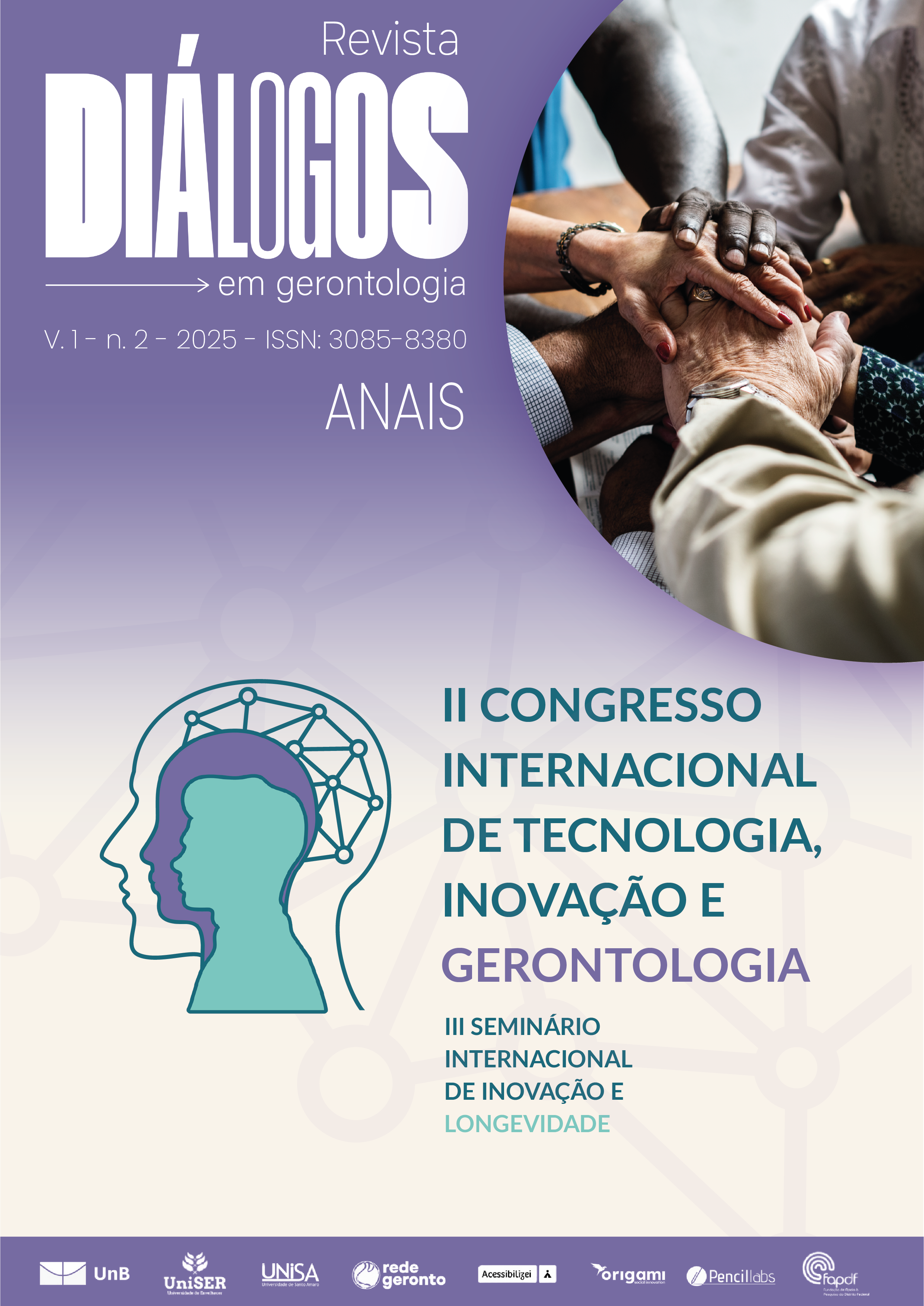TECHNOLOGIES FOR DIABETES CARE IN THE FEDERAL DISTRICT OF BRAZIL: A DOCUMENTARY ANALYSIS
Resumen
Background: Diabetes mellitus (DM) represents a growing global public health challenge, with high morbidity and mortality. The results of the 2023 Surveillance of Risk and Protective Factors for Chronic Diseases by Telephone Survey study showed that in the Federal District (FD), approximately 12.1% of the population lives with the disease, one of the highest frequencies among Brazilian capitals. The complexity of management requires person-centered care with an integrated approach and appropriate use of health products. Purpose: Analyze the technologies available for DM assistance in the FD of Brazil. Methods: This is a documentary study conducted by compiling information and analyzing content according to Bardin (2016). The official website of the FD Health Department was consulted. The search strategy included direct navigation to sections such as "diabetes programs," "diabetes protocol," and "diabetes technology" in the internal search functions. Results: Diabetes care in the FD includes the availability of oral antidiabetics, as well as ultra-rapid, rapid, intermediate, and long-acting insulins, with specific protocols. There is a continuous glucose monitoring program using blood glucose sensors and readers, as well as continuous insulin infusion systems for people with type 1 diabetes. References to specialized services for the treatment of diabetic foot were found. Furthermore, references to the availability of glucometers and other supplies such as test strips, lancets, and needles were noted. It is recommended that diabetes care be coordinated by primary health care, with actions aimed at health education, regular physical activity, adequate nutrition, and medication use. However, a lack of information on technologies used in oral health and diabetic retinopathy screening was noted. The existence of telehealth services for DM care was also lacking. Among the limitations of this study, it is worth noting that the analysis was limited to publicly available documentation, not covering internal or unpublished protocols. Conclusion: Diabetes care in the FD includes technologies that are not standardized elsewhere in the country. Therefore, economic studies are needed to verify their effectiveness and the feasibility of application in other settings to prevent complications resulting from inadequate disease management. Implications: Multidimensional diabetes care involves the use of various technologies. It is noteworthy that diabetes education and expanded access can encourage engagement among people with DM and strengthen the collaborative network to provide a better quality of life.
Descargas
Publicado
Número
Sección
Licencia
Derechos de autor 2025 Revista Diálogos em Gerontologia

Esta obra está bajo una licencia internacional Creative Commons Atribución-NoComercial 4.0.
A Revista oferece acesso livre e imediato ao seu conteúdo, em consonância com o princípio de que tornar o conhecimento científico amplamente disponível contribui para a democratização do saber. Os(as) autores(as), ao submeterem seus trabalhos, declaram-se detentores(as) dos direitos autorais e autorizam seu uso livre, desde que sem fins comerciais, com obrigatoriedade de atribuição de crédito apropriado à autoria original. Os conteúdos podem ser lidos, baixados, copiados, distribuídos e impressos, conforme os termos da licença Creative Commons Atribuição-NãoComercial 4.0 Internacional (CC BY-NC 4.0).





